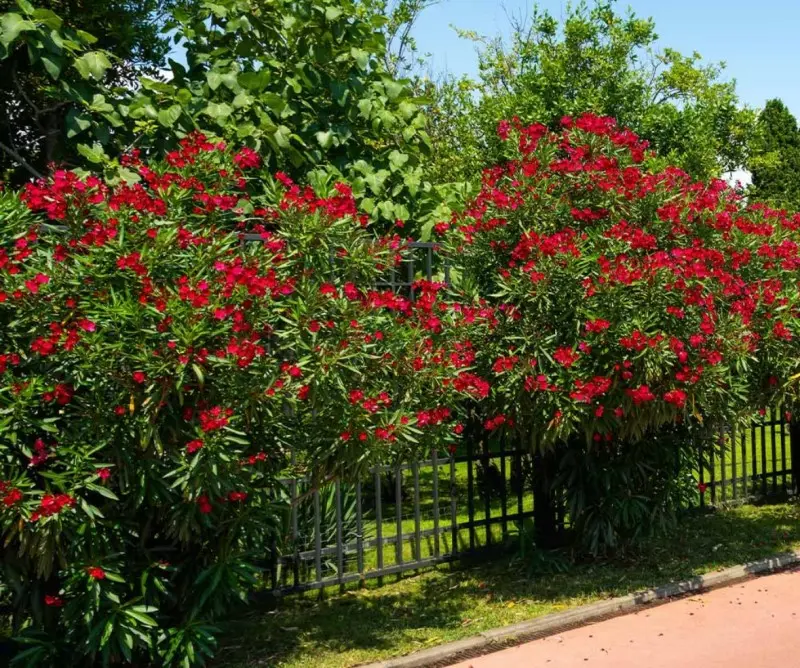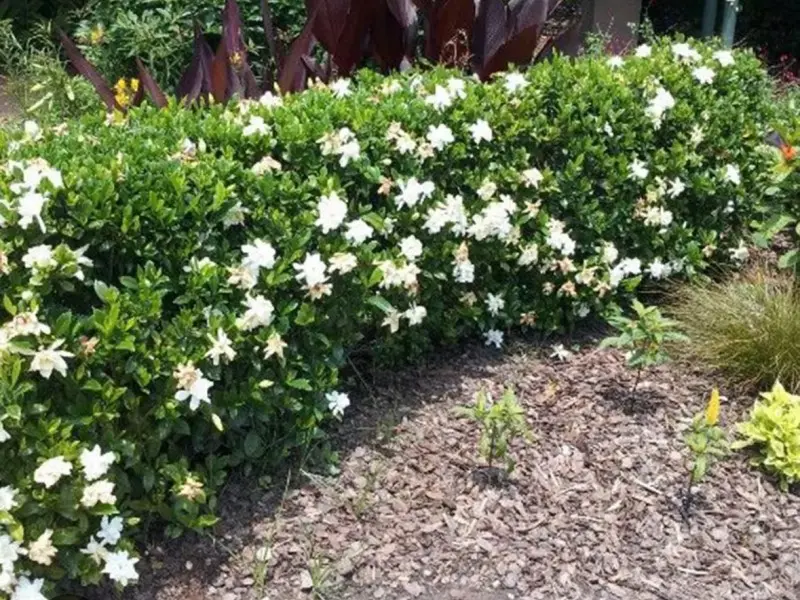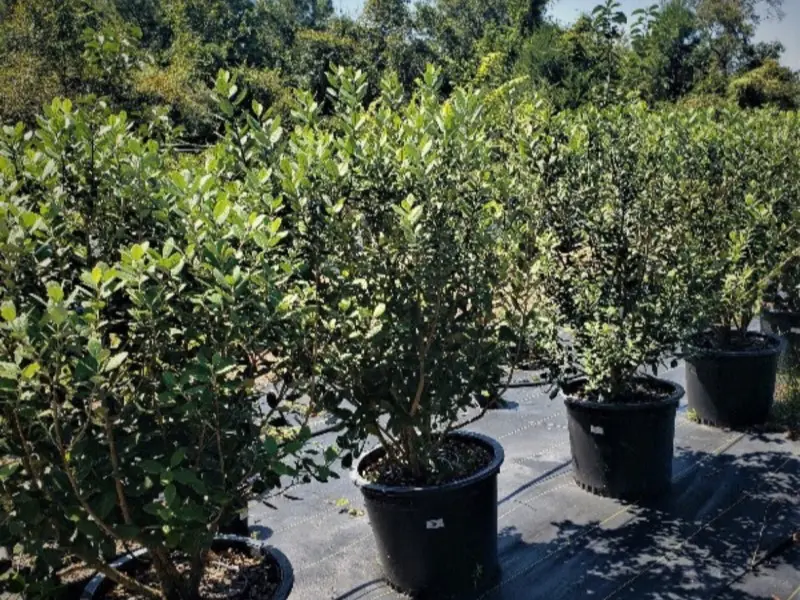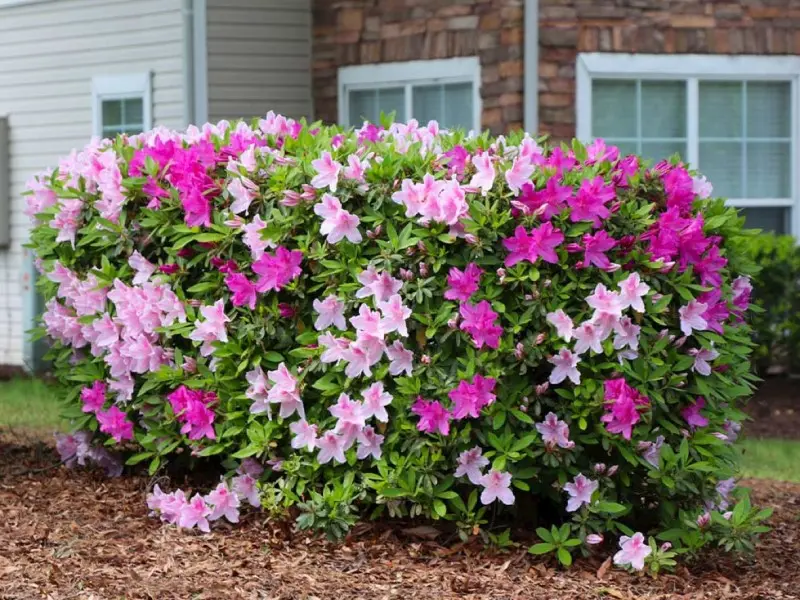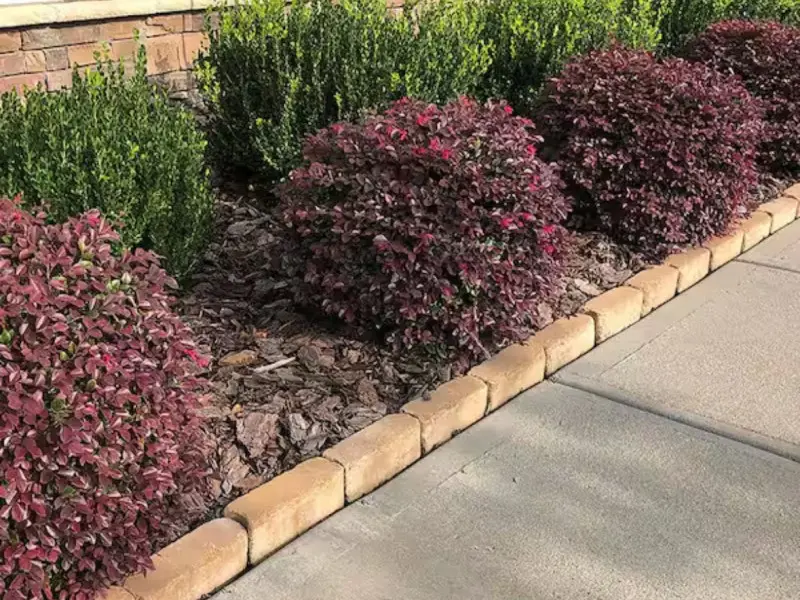Description
Oleander (Nerium oleander) is a robust, evergreen shrub or small tree renowned for its lush, dark green foliage and showy, fragrant flowers. Native to the Mediterranean and parts of Asia, Oleander produces clusters of large, trumpet-shaped flowers in vibrant shades of pink, red, white, yellow, and salmon. Blooming from late spring through fall, its long-lasting flowers add bold color to warm-climate gardens and are highly attractive to pollinators like butterflies.
Oleander typically grows between 6 to 20 feet tall and 6 to 10 feet wide, depending on the variety and growing conditions. This plant thrives in full sun and is hardy in USDA zones 8-11. Known for its adaptability, Oleander tolerates a variety of soils, from sandy to loamy, as long as they are well-draining. It is also highly drought-tolerant and salt-tolerant once established, making it ideal for coastal areas, xeriscape gardens, or other low-water landscapes.
Low-maintenance and easy to grow, Oleander requires occasional pruning to maintain shape and encourage new blooms, usually done in late winter or early spring. However, it’s important to handle this plant with care, as all parts of the oleander are toxic if ingested. Despite this toxicity, Oleander’s resilience, lush appearance, and profuse flowering make it a popular choice for creating colorful hedges, privacy screens, or dramatic focal points in warm-climate gardens. Its bold blooms and easy-care nature lend an exotic feel to a variety of landscape settings.

